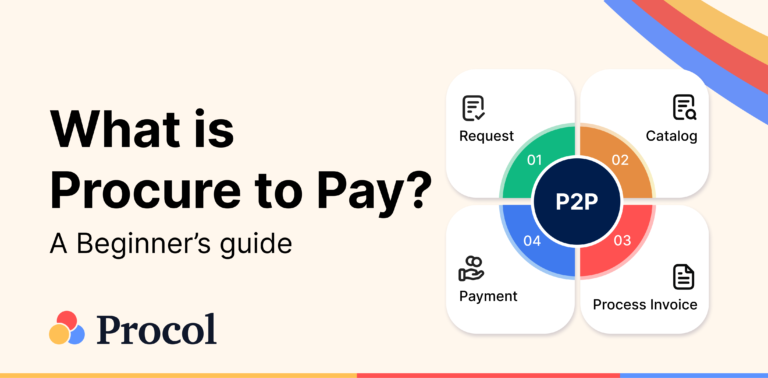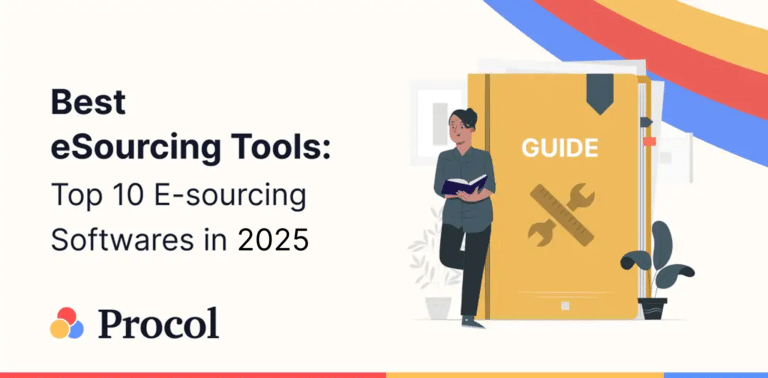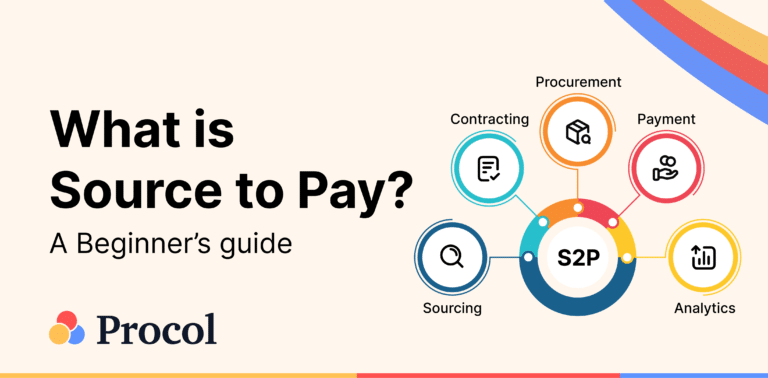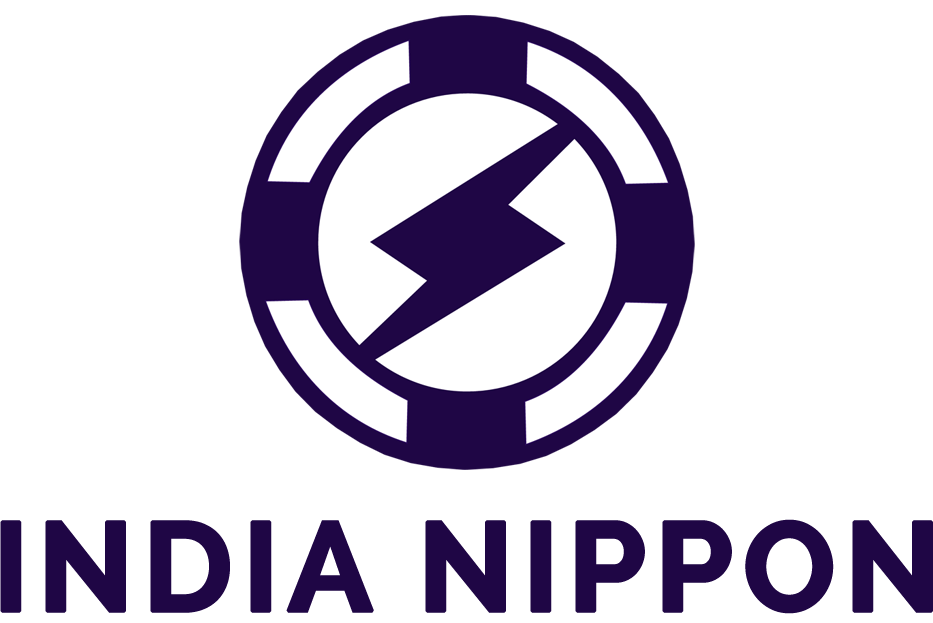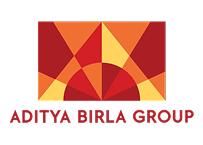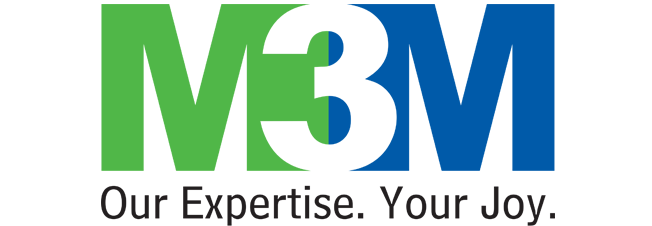Definition
Fixed price is the price at which a fixed interest rate determines payments. Additionally, it can refer to an agreed-upon price that is usually not susceptible to change.
Understanding Fixed Price
Generally, there are two types of fixed prices. It can refer to a contract with a set agreed-upon price that cannot change unless specific predefined, extenuating conditions exist. It can also refer to the fixed payment leg of a swap.
Swaps: The fixed price is the price at which a fixed interest rate determines payments, or it can refer to an agreed-upon price that is usually not susceptible to change. One party may pay (or get) a fixed interest payment on a specific underlying notional amount as per the terms of an interest rate swap. In contrast, the other party may receive (or pay) a variable interest rate on the same underlying amount. These swaps can be entered for various purposes, including changing an existing fixed-rate payment to a variable-rate payment (or the other way around), hedging against certain interest rate risks, or making predictions about the direction of interest rates in the future.
A fixed-for-floating swap is typically what is used in interest rate swaps. The floating price leg of a swap is determined using changeable interest rates, as opposed to the fixed price leg, which is based on a constant interest rate. A fixed-for-fixed trade is another possibility, which is an exchange between two currencies with fixed interest rates on both legs.
The plain vanilla interest rate swap is one of the most popular interest rate swaps. Two streams of cash flows that are both based on an identical amount of nominal principal must be exchanged for this to occur. However, one stream charges a fixed rate (or fixed price) of interest on the notional principal, whereas the other does the same.
The floating (variable) rate stream frequently changes throughout the swap as its benchmark interest rate fluctuates in line with market conditions, in contrast to the fixed price leg, which contains a fixed-rate stream of cash flows that remains constant throughout the exchange. Two parties, referred to as counterparties, enter such agreements to lessen their exposure to interest rate changes or to try and profit from them.
A trader or business may engage in a swap as the pay-the-fixed/receive-the-floating counterparty if they anticipate that interest rates, currently low (let’s say at 1.50%), would increase in the future. This way, they will continue to pay just 1.50% even if rates rise. Similarly, a trader or company that believes interest rates are high (say at 6%) and are expected to reduce may swap the counterparty that receives the fixed rate and pays the floating rate so that they will still receive 6% even if rates fall. In essence, throughout the contract, the fixed price leg freezes the cash flows associated with some underlying value at a given speed.
Fixed Price Contract
If the agreed-upon price cannot change unless there are specific, exceptional conditions, the contract is said to be a fixed price contract.
This is typically done to estimate the costs associated with a reasonable level of certainty. Although one of the counterparties may benefit from this, the other counterparty would be at risk if prices rose.
